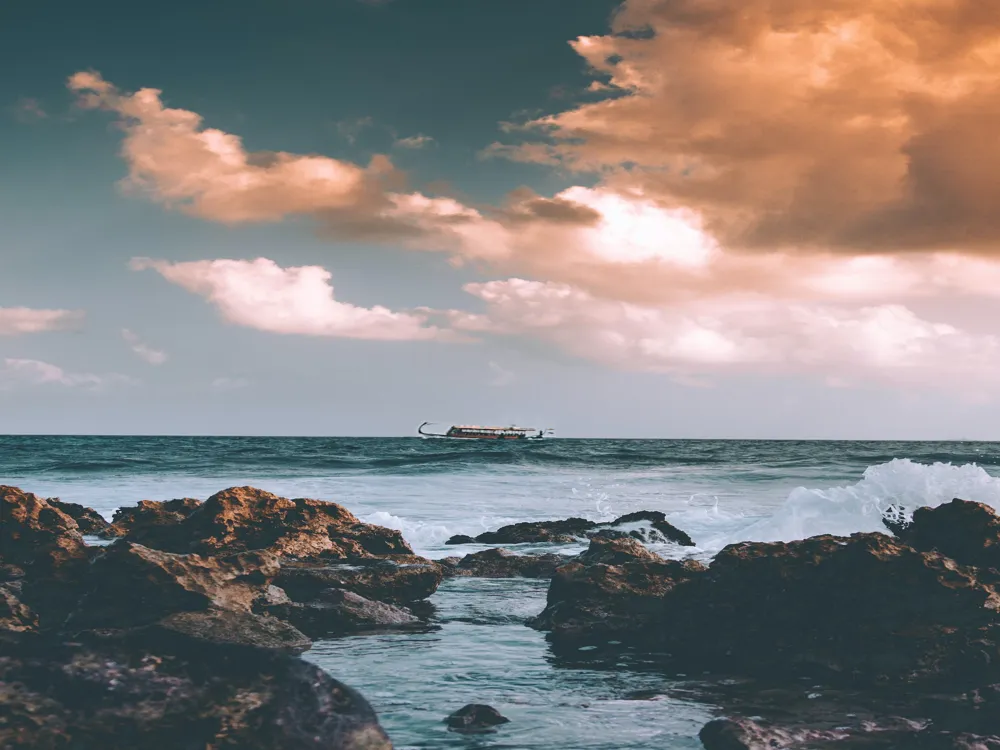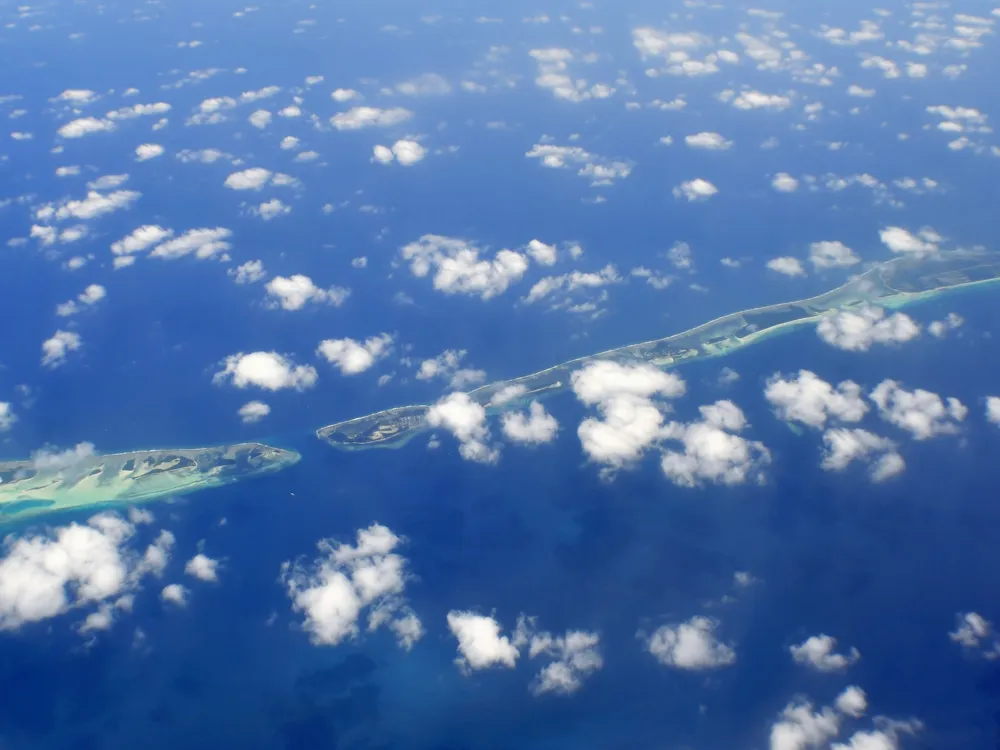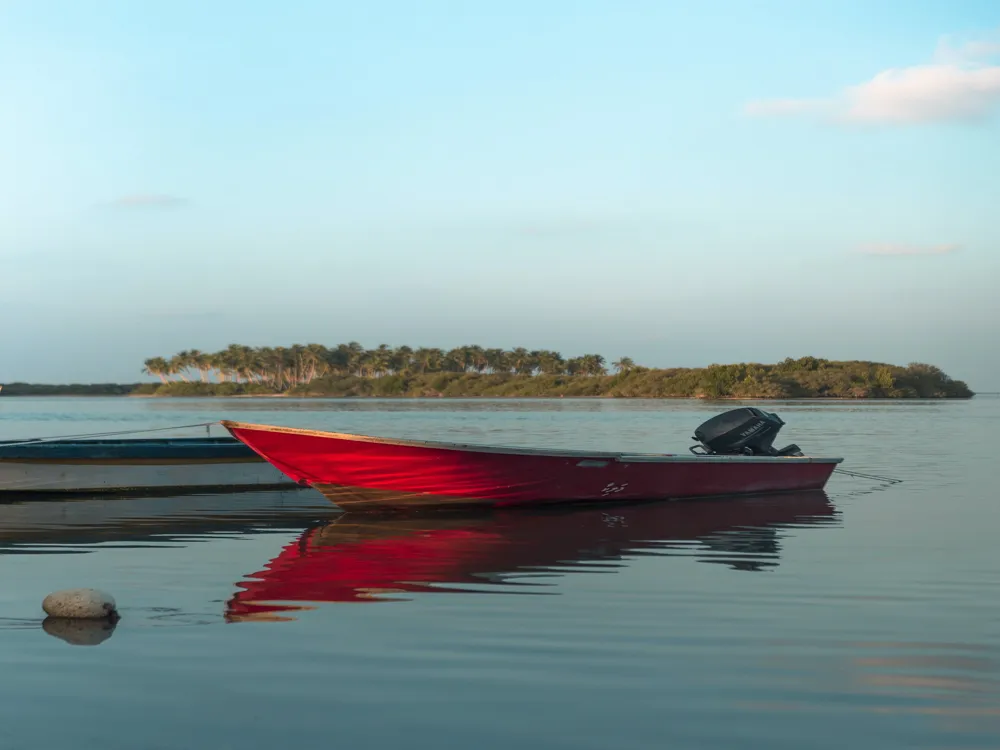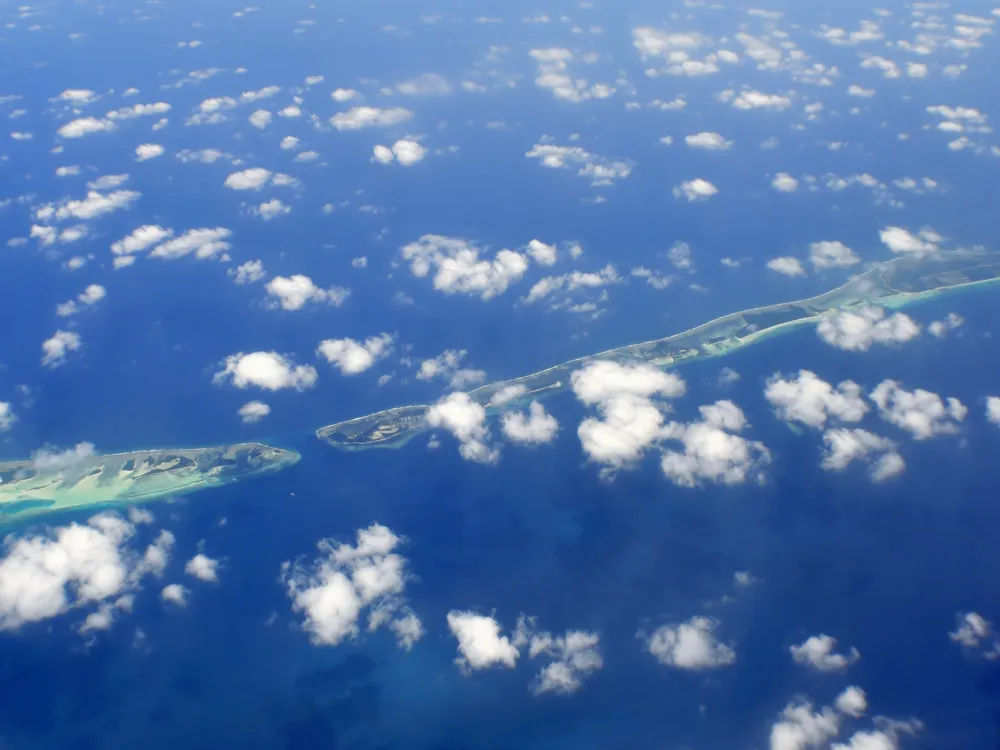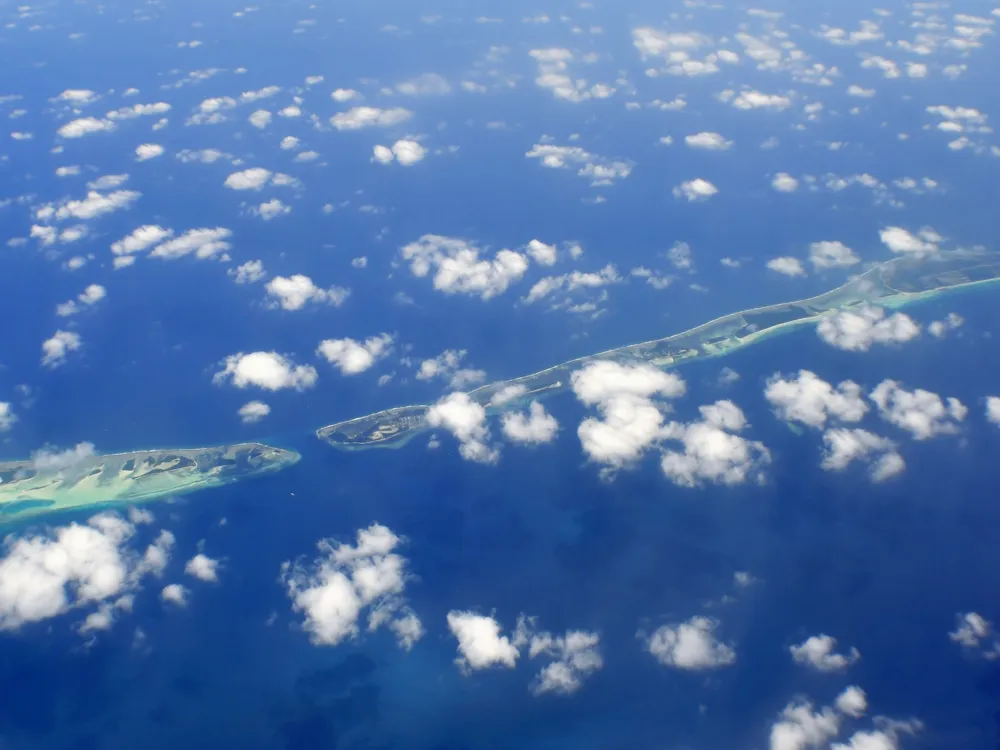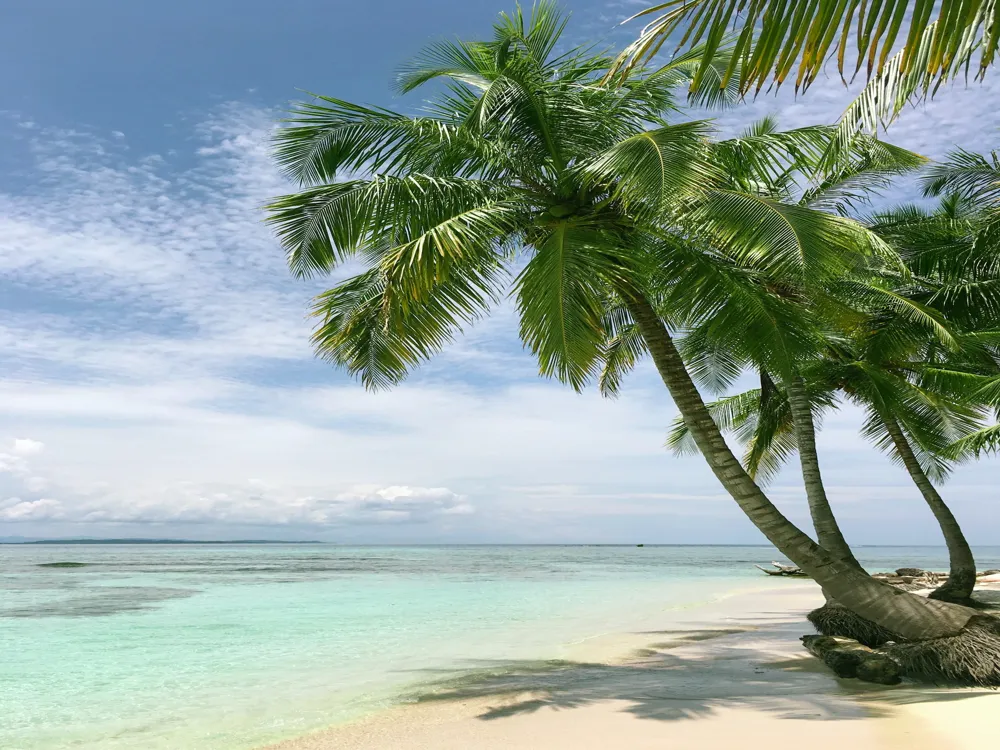Utheemu Ganduvaru, nestled in the tranquil and picturesque Utheemu Island in the Haa Alif Atoll of Maldives, stands as a symbol of the country's rich history and cultural heritage. This historical residence, once the home of Sultan Mohamed Thakurufaanu, who is revered for his heroic role in liberating Maldives from Portuguese rule in the 16th century, is a testament to the resilience and spirit of the Maldivian people. The story of Utheemu Ganduvaru is deeply intertwined with the history of Maldives. Sultan Mohamed Thakurufaanu, along with his brothers and companions, led a successful rebellion against the Portuguese occupation, which lasted for 15 years. The Utheemu Ganduvaru was the epicenter of these revolutionary activities, making it not just a historical building, but a symbol of freedom and national pride for Maldivians. The structure of Utheemu Ganduvaru itself is a marvel of traditional Maldivian architecture. Constructed entirely from coral stone and wood, it showcases the ingenuity and resourcefulness of the islanders at a time when modern building materials and techniques were unavailable. The design elements, from intricately carved wooden panels to the finely crafted coral walls, reflect a unique blend of local craftsmanship and influences from various cultures that interacted with the Maldives over the centuries. Today, Utheemu Ganduvaru stands not only as a historical monument but also as a cultural beacon, attracting visitors from around the world who are keen to explore the rich tapestry of Maldivian history and heritage. It offers a rare glimpse into the life of a bygone era, preserving the legacy of a nation's fight for sovereignty and its enduring spirit. The architecture of Utheemu Ganduvaru is a captivating blend of traditional Maldivian building techniques and the influences of various cultures that interacted with the archipelago throughout its history. Constructed primarily from coral stone and local timbers, the structure is an exemplary representation of the ingenuity and resourcefulness of the Maldivian people in the pre-modern era. The main building material, coral stone, was meticulously cut and shaped from the abundant coral reefs surrounding the islands. This not only provided a sturdy and durable building material but also reflected the Maldivians' deep connection with their natural environment. The wooden elements of the structure, crafted from indigenous timber, showcase intricate carvings and designs, highlighting the artistry and craftsmanship of the local builders. The layout of Utheemu Ganduvaru is designed to accommodate the tropical climate of the Maldives. The high ceilings and large windows ensure ample ventilation, providing a cool and comfortable interior even during the hottest months. The roof, made from thatched coconut palm leaves, is another element adapted to the local climate, offering protection from the intense sun and heavy rainfalls characteristic of tropical weather. Inside, the residence is adorned with finely crafted wooden panels and traditional Maldivian decor. The furnishings and artifacts within Utheemu Ganduvaru are reflective of the period it was built, offering visitors a glimpse into the lifestyle and culture of the Maldivian nobility during the 16th century. The intricate details in the carvings and the layout of the living spaces speak volumes about the social and cultural aspects of life in the Maldives during this period. In summary, the architecture of Utheemu Ganduvaru is not just a showcase of traditional Maldivian building techniques, but also a testament to the cultural exchanges and influences that have shaped the unique architectural heritage of the Maldives. Its preservation and continued prominence serve as a bridge connecting the past with the present, allowing current and future generations to appreciate and learn from the rich architectural legacy of their ancestors. The ideal time to visit Utheemu Ganduvaru is between November and April, when the weather in Maldives is at its best, with less rainfall and lower humidity levels. This period coincides with the peak tourist season, so planning your visit is advisable. When visiting Utheemu Ganduvaru, it's important to respect local customs and traditions. Dress modestly, especially when exploring local villages. As a place of historical and cultural significance, visitors should maintain decorum and avoid loud or disruptive behavior. Opting for a guided tour can enhance your experience at Utheemu Ganduvaru. Knowledgeable guides provide valuable insights into the historical significance and architectural details of the residence, enriching your understanding of Maldivian culture and history. Photography is allowed at Utheemu Ganduvaru, but it's recommended to ask for permission before taking photos of people or private properties in the vicinity. Using flash photography inside the residence may be restricted to preserve the artifacts. Utheemu Ganduvaru, located on Utheemu Island in the northern part of Maldives, is accessible via a combination of air and sea transport. Visitors can first travel to the Maldives’ main international airport in Malé and then take a domestic flight to Hanimaadhoo International Airport, which is the closest airport to Utheemu. From Hanimaadhoo, a short speedboat or ferry ride will take you to Utheemu Island. Alternatively, for a more adventurous journey, visitors can opt for a longer boat ride directly from Malé to Utheemu. It's advisable to arrange your transport in advance, especially during peak tourist seasons. Read More:Overview of Utheemu Ganduvaru in Maldives
Architecture of Utheemu Ganduvaru
Tips When Visiting Utheemu Ganduvaru
Best Time to Visit
Respecting Local Customs
Guided Tours
Photography
How To Reach Utheemu Ganduvaru
Utheemu Ganduvaru
Maldives
₹ 34,250 onwards
View maldives Packages
Maldives Travel Packages
View All Packages For Maldives
Top Hotel Collections for Maldives

Private Pool

Luxury Hotels

5-Star Hotels

Pet Friendly
Top Hotels Near Maldives
Other Top Ranking Places In Maldives
View All Places To Visit In maldives
View maldives Packages
Maldives Travel Packages
View All Packages For Maldives
Top Hotel Collections for Maldives

Private Pool

Luxury Hotels

5-Star Hotels

Pet Friendly







